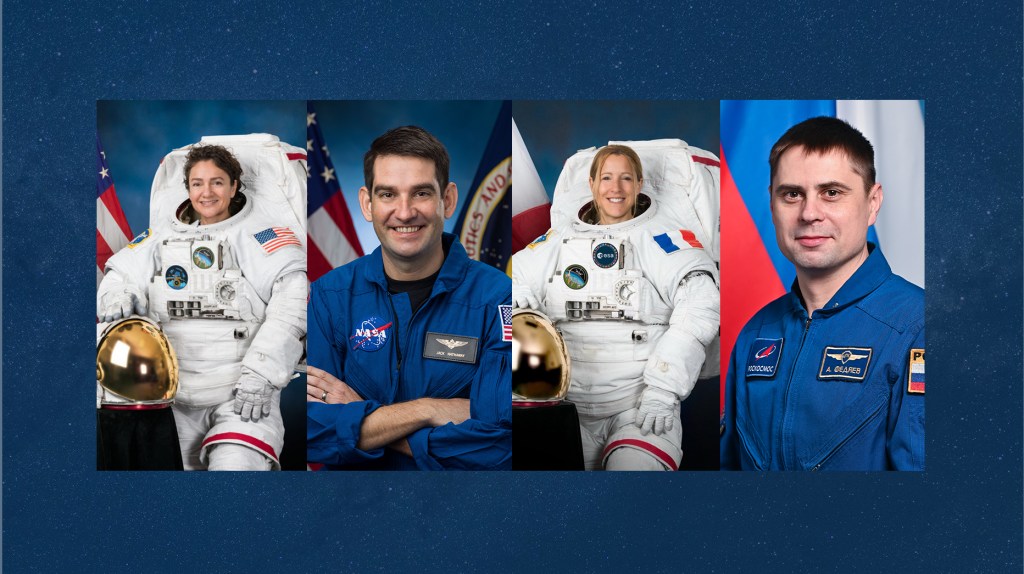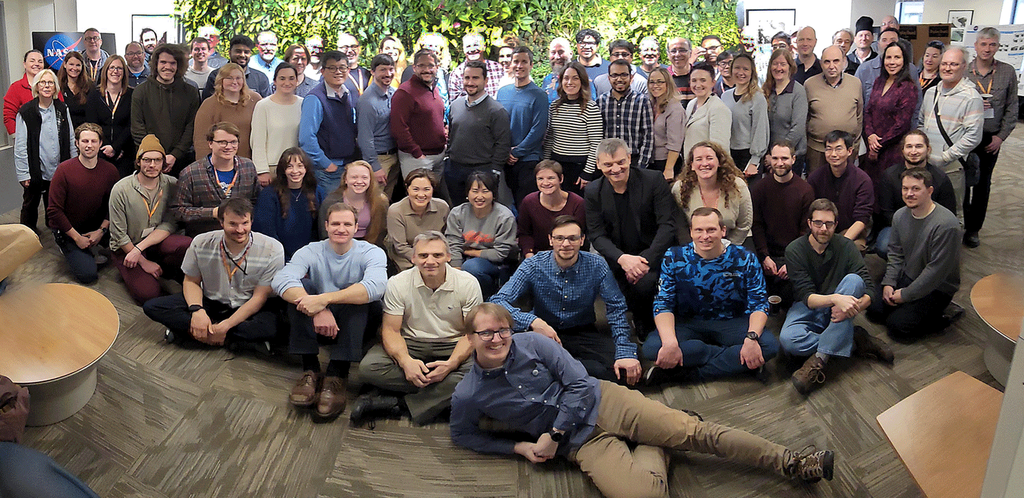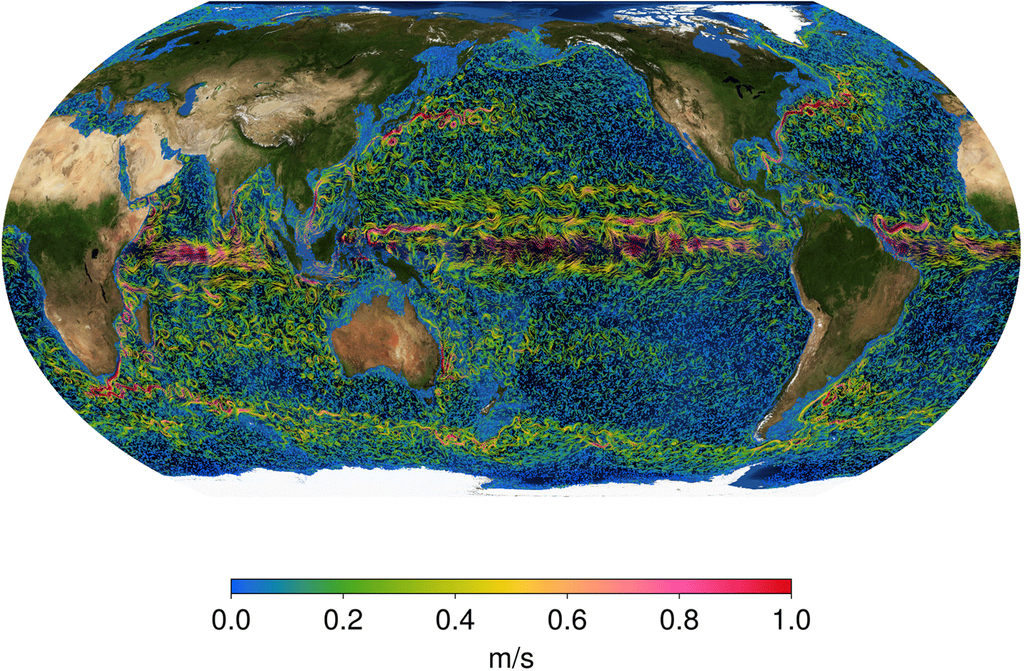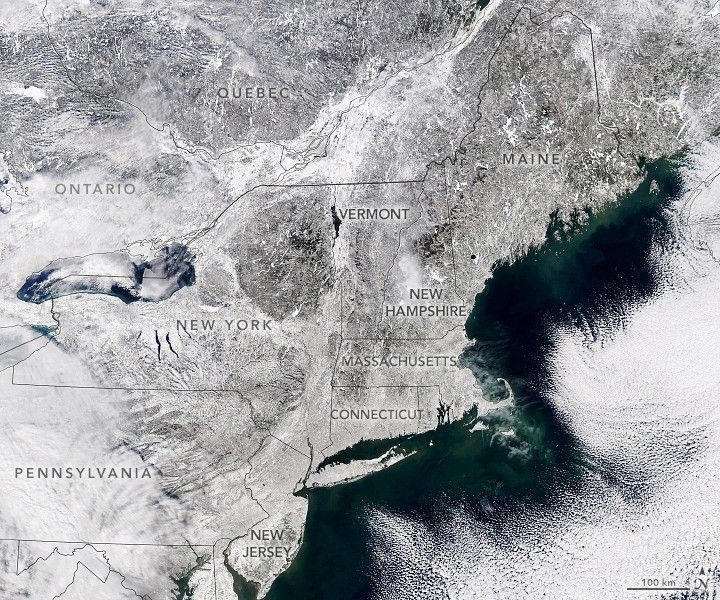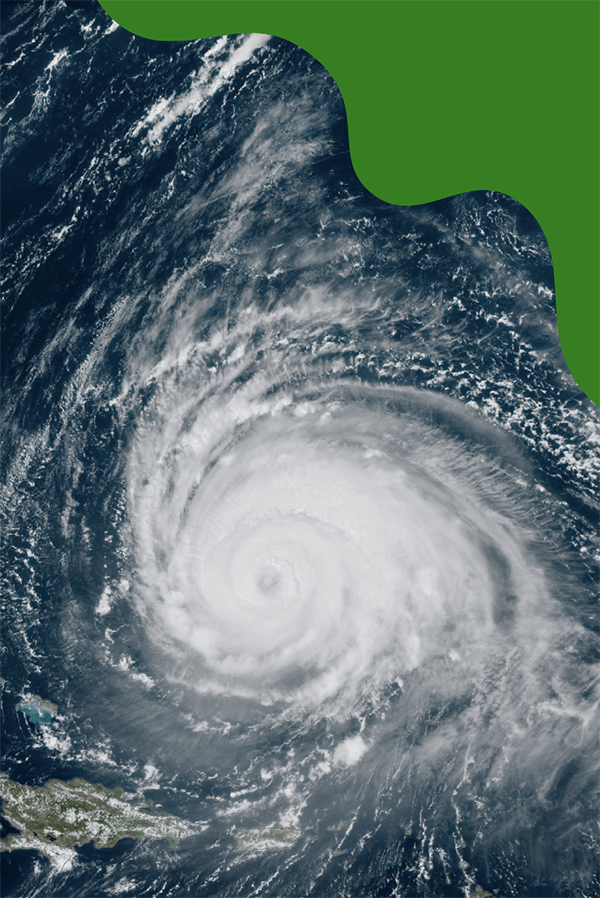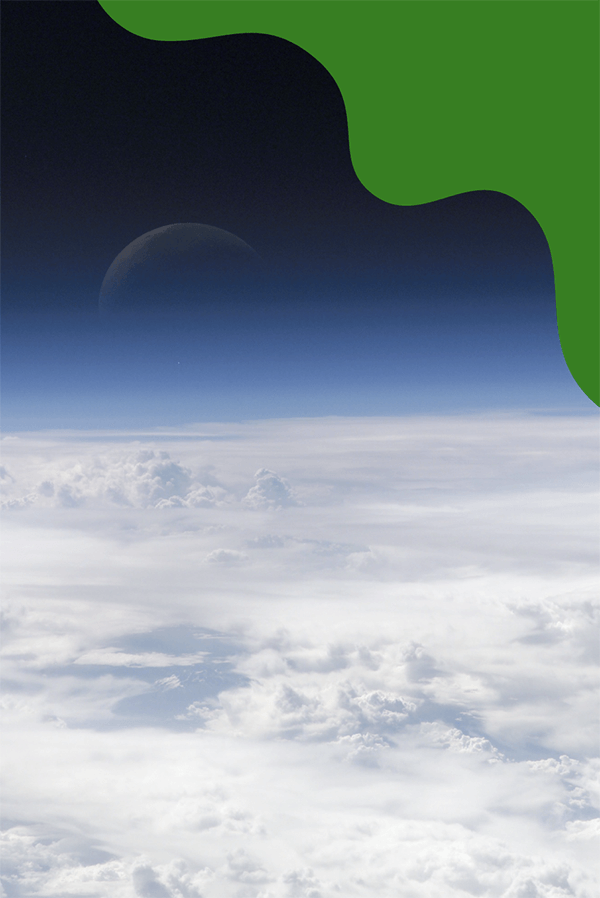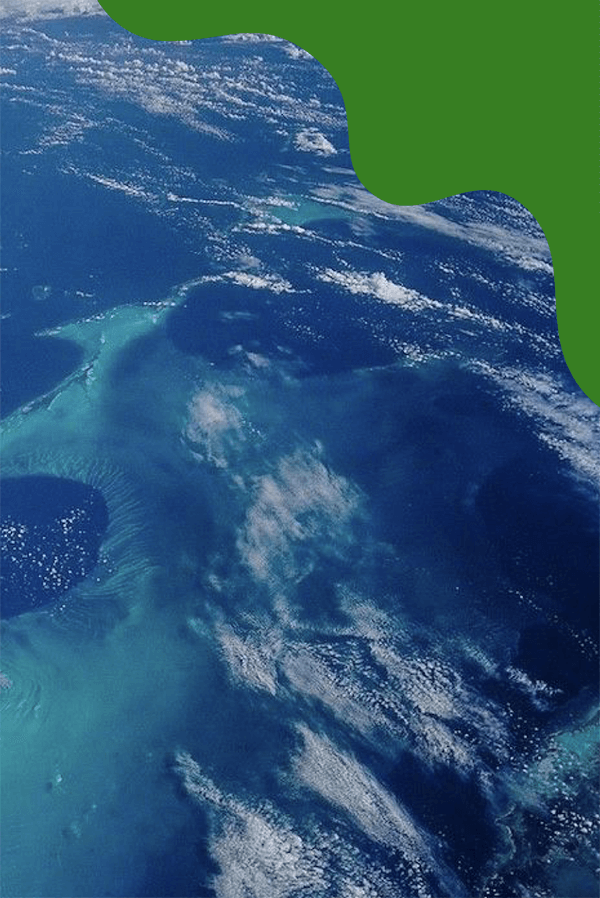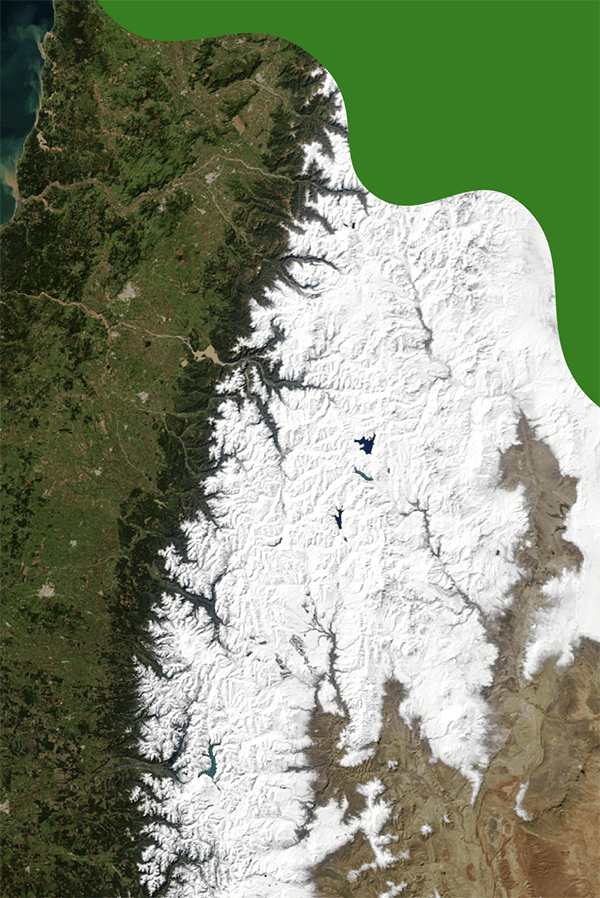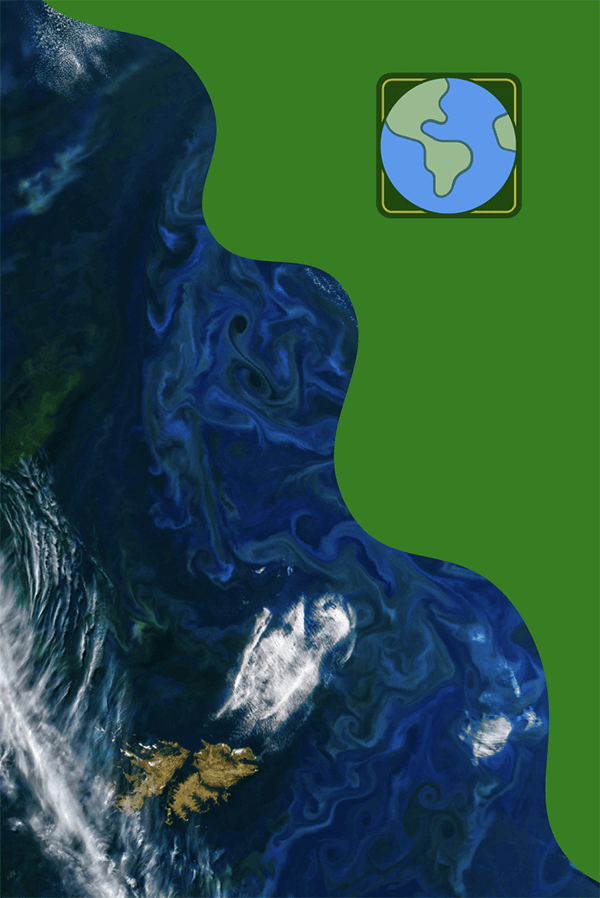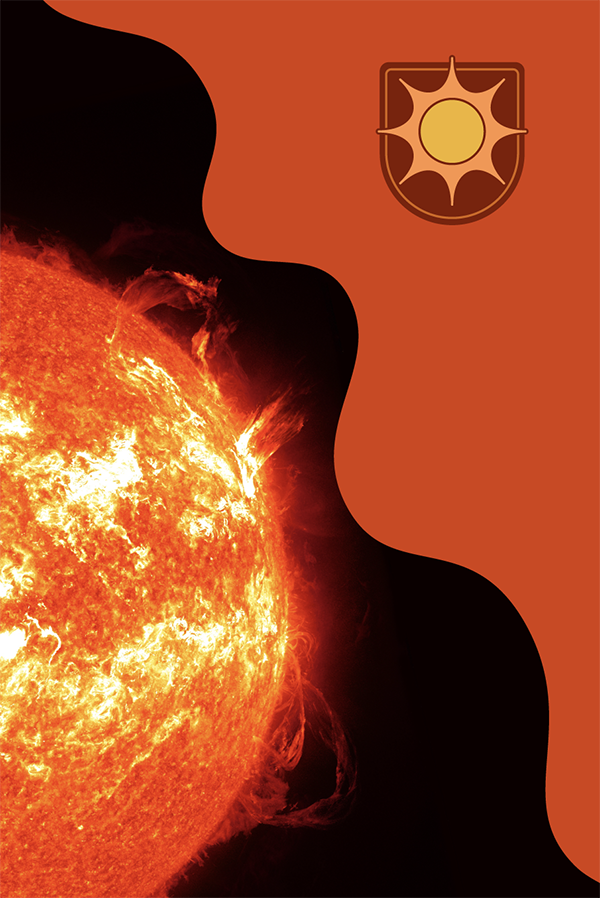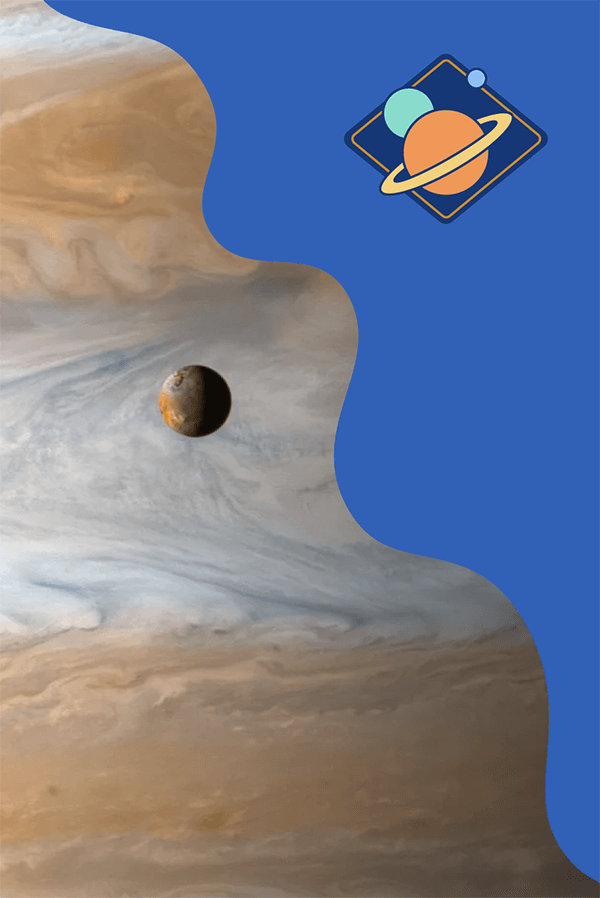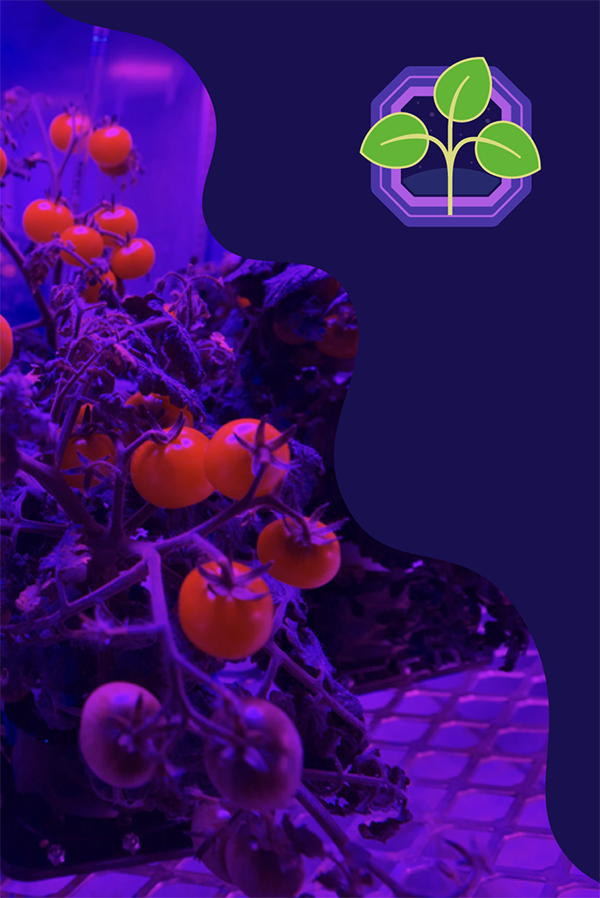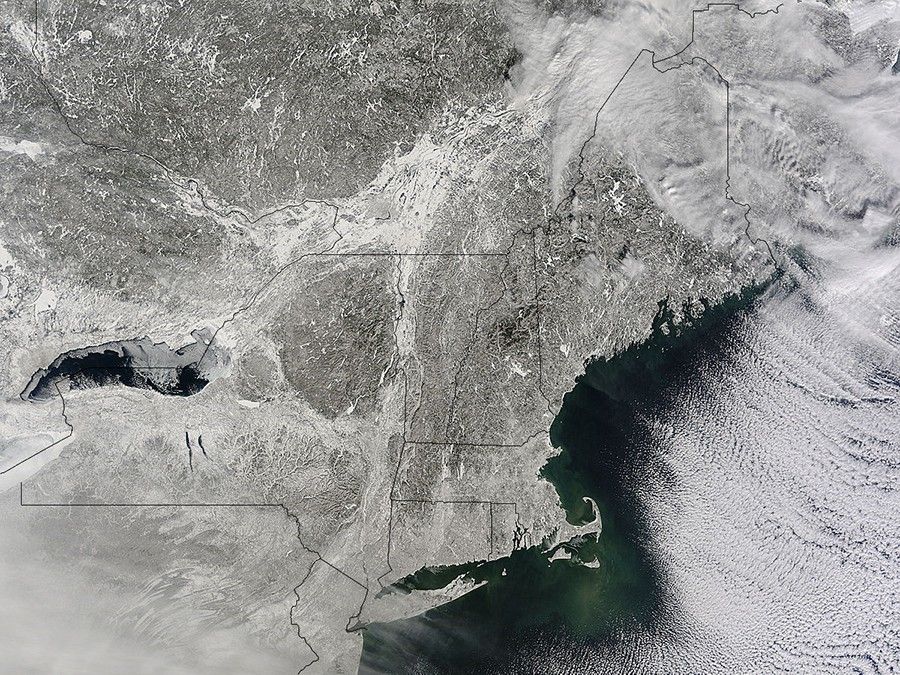

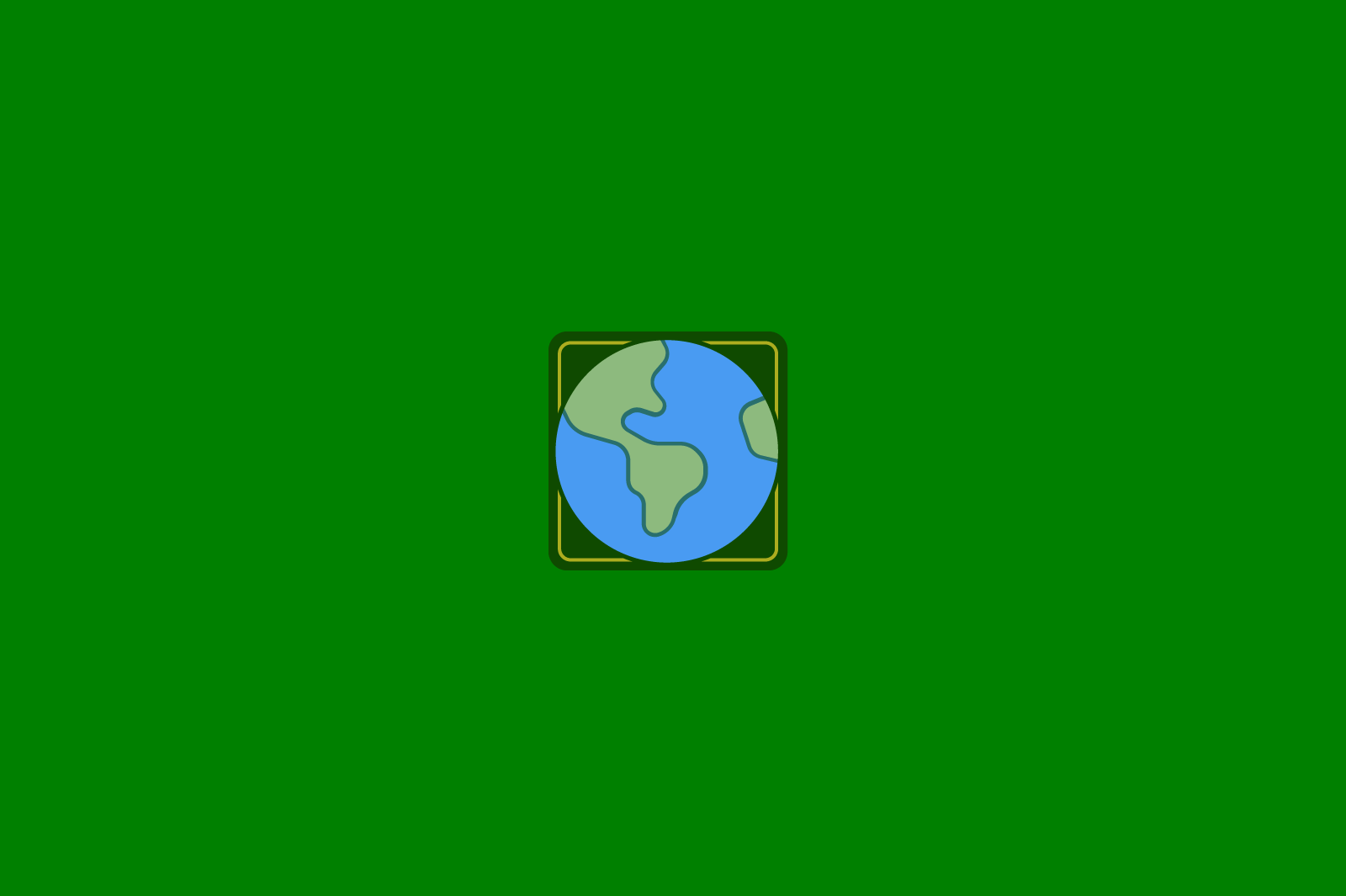
How is Cold Weather Changing?
During any year, cold temperatures, snowstorms, and blizzards can happen. As Earth gets warmer, it does not mean that it will never snow or freeze. It means that over time it will happen less often. Across the planet, days and nights are generally hotter than they used to be.
Brrrrr! Why’s It So Cold Outside?
Grab your mittens, coat, and hat: winter is back!
Winter for many of us often brings colder temperatures, gray skies, and sometimes snowy days. But in recent years, some winters have felt warmer. In some places, maybe you only needed a winter coat for a few days or weeks. Then in other years, it’s freezing for what feels like weeks on end. What gives?
To answer that, we need to know about the difference between weather and climate.
Weather is what happens day to day: The change in temperatures, cloudy or clear skies, and whether it’s raining or snowing.
Climate is what you get when you put all the weather days together and see what they have in common. This can be over a season or longer, and it can change from place to place. For example, it tends to be hotter in the summer and cooler in winter. Another example is how some places get lots of rain and others do not, like rainforests and deserts.
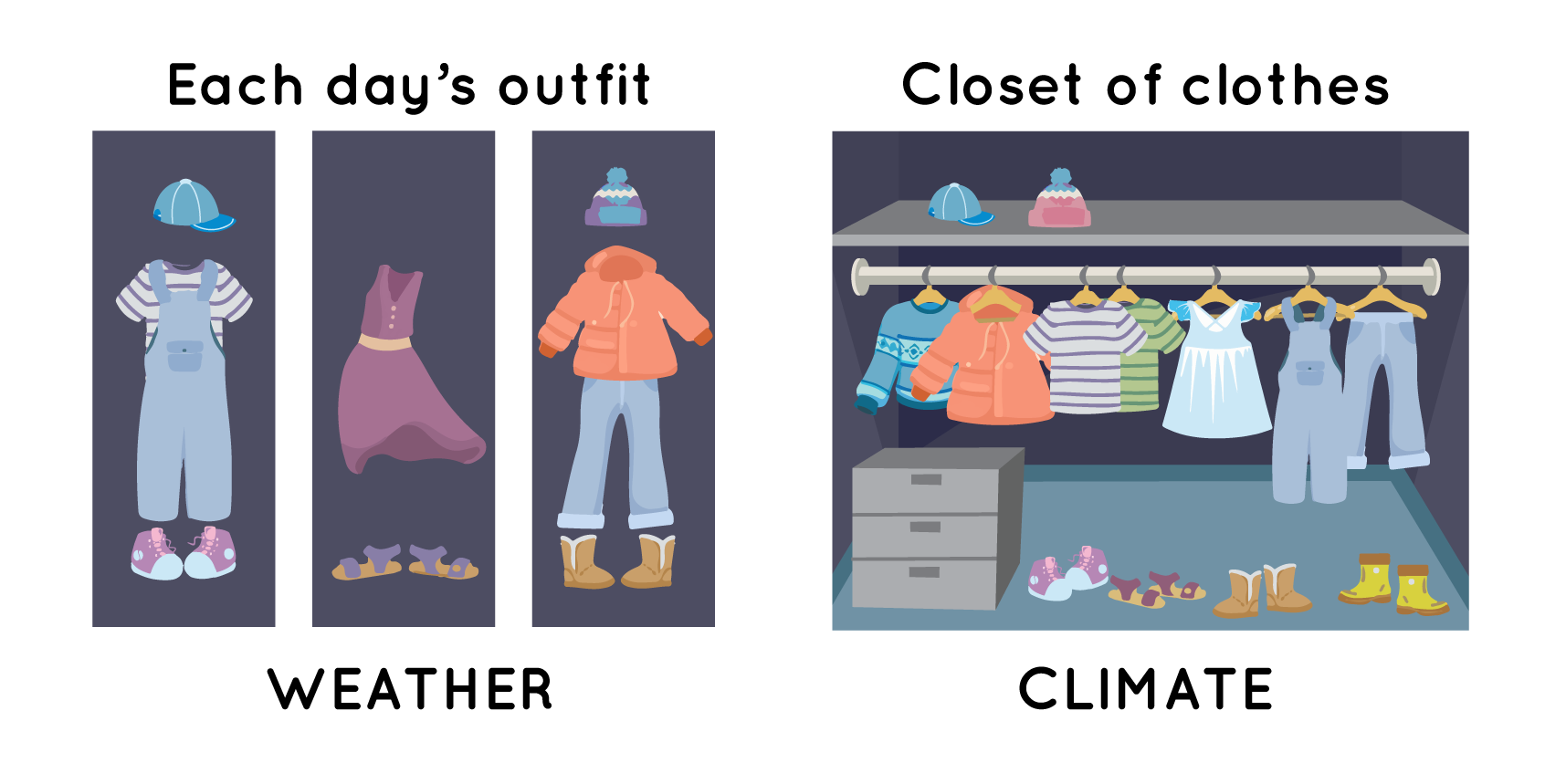
Earth’s climate is changing and impacting the planet’s temperature, weather patterns, and ocean. When scientists look at Earth’s temperature each year for the past 100 years or so, they see that it has been getting warmer. Across the planet, this means more days and nights are hotter than they used to be.
However, this warming does not mean that it will never get cold where you live. For many places, a blizzard, snowstorm, or freezing temperatures can and do happen each winter. That’s because weather and climate are different things. And the weather is affected by many things.
For instance, it may seem far away, but the weather and climate in the Arctic can actually affect our weather in the U.S. It can change how much cold air moves south and influence how storms travel.
Some changes in the Arctic can happen naturally, while other differences are because of climate change. To monitor changes in the Arctic, scientists began measuring its ice and weather in 1979 with satellites. With this information, they found that the area is warming faster than the rest of the planet because of climate change. This change in the Arctic is leading to fewer cold snaps over the U.S. as time goes on.

There is another way climate change is impacting cold weather. As the planet warms, the air can hold more moisture. That can lead to heavier snow and rainfall than usual. It can also change patterns for where it rains and snows. That’s why some places are getting more snow than they used to, even though the planet is warming.
How do we know what’s happening on our planet? Well, satellites and weather stations are keeping track of Earth’s temperatures and more. This provides scientists with important data they need to predict weather and changes to Earth’s climate.
There will likely be fewer cold days in our future due to global warming. That being said, many places will still have at least some cold days in winter. So make sure to hang on to those warm winter coats and long underwear, too!







